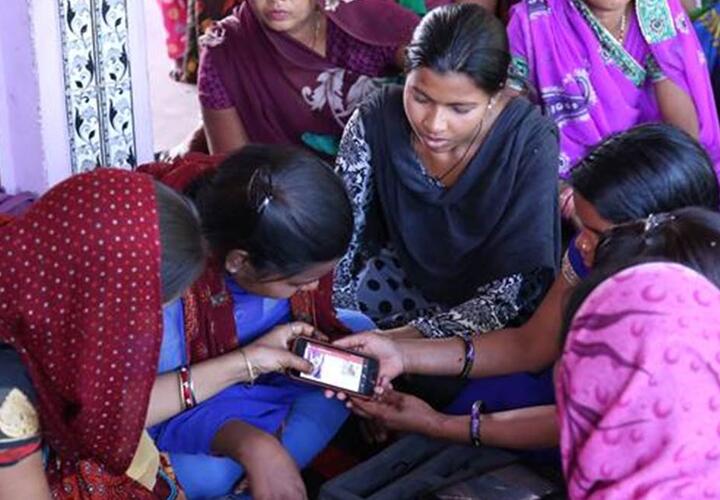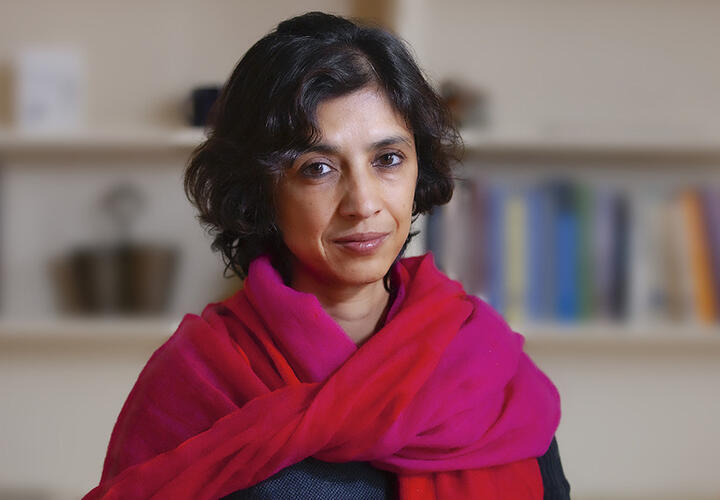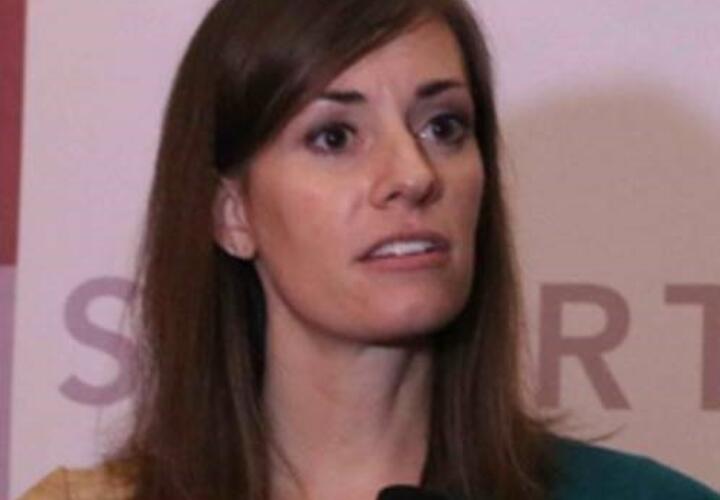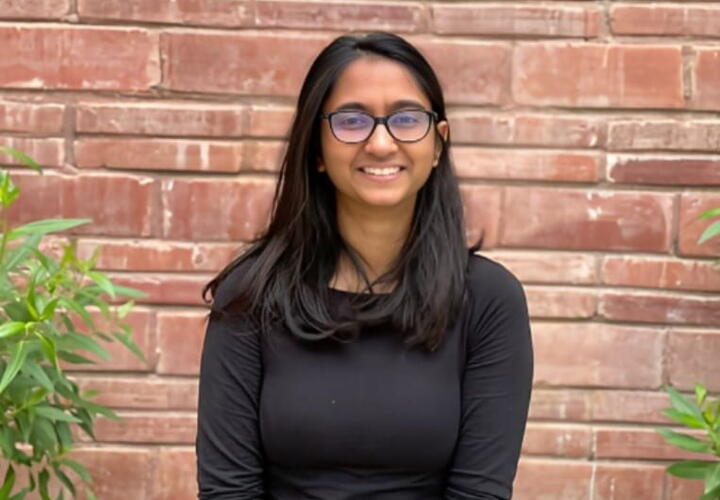Bridging the Digital Gender Divide in Chhattisgarh
Access to digital technology is crucial to economic life in low- and middle-income (LMIC) countries, yet India and other South Asian countries face significant mobile gender gaps. How can we close these gender gaps, and improve economic outcomes for women? Inclusion Economics researchers aim to understand how smartphones and mobile Internet connect women to opportunity and achieve economic goals.
Research to increase women’s economic engagement
Particularly since the Covid-19 pandemic began, digital technology has enabled crucial access to information, markets, and services relating to improving health. As a result, expanding mobile access is necessary for low- and middle-income countries to navigate recovery from the pandemic and allocate talent in the economy. But, while smartphone and mobile Internet access have expanded in recent years, persistent mobile access gender gaps in some parts of the world threaten to leave women behind. Pre-existing gender norms, creating gaps in education and the perceived acceptability of women using phones, may perpetuate those gaps, limiting the ways in which mobile phones and Internet access can improve women’s opportunities.
In a new initiative, researchers at Inclusion Economics will explore how access to mobile technology influences economic activity – including employment and human capital accumulation – access to (mis)information, and gender norms.
In a multi-year policy-research engagement, the team at Inclusion Economics at Yale University, in collaboration with Inclusion Economics India Centre, is seeking to understand and improve women’s mobile access in India. In one study, the research team has focused on how a norms-compatible phone-based use case – an information service known as Mor Awaaz – affects women’s mobile use, access to information, and views men and women hold on women’s acceptable phone use. Results from this work are forthcoming.
Another study, focused on a program that distributed smartphones to rural women, will examine the impact of increased access to mobile technology on economic activity, women’s employment and gender norms, and access to information and misinformation. In India, as in other countries, the spread of misinformation about the nature of Covid-19 and its prevention has compounded the cost of the pandemic. Understanding the role of mobile technology in the distribution of internet and social media-based misinformation may help bridge knowledge gaps and point to appropriate policy responses. Evidence from these studies will also provide crucial understanding of how policy can address gender gaps in technology access, and the relevance of mobile internet access to other dimensions of gender inequality. Currently in its initial stages, this study will run through 2024.
Highlights
Related Publications
A Tough Call: Understanding Barriers to and Impacts of Women’s Mobile Phone Adoption in India
Today in India, 71% of men own mobile phones, but only 38% of women do. In this report researchers identify the leading barriers to Indian women’s use of mobile phones, compare the importance of these barriers, and determine directions for further research into how to reduce them.
BARBONI ET AL. 2018
Mor Awaaz Fact Sheets
Mor Awaaz is a phone-based service for women, developed by a team of researchers from Yale University, Harvard University, University of Warwick, University of Southern California and Duke University, as well as EPoD India at LEAD. Its mission is to empower women as changemakers in their homes and communities by creating a dynamic information-sharing loop between women and the state government. In these two fact sheets, researchers identify women's levels of awareness of Covid-19 and anemia.
3 FACTS ON COVID-19 KNOWLEDGE IN RURAL RAIPUR, CHHATTISGARH
4 FACTS ON ANEMIA IN RURAL RAIPUR, CHHATTISGARH
About the Project
Principal Investigators:
Research Partner:
Data Collection Partner:
This research has received support from:
- BRAC Women’s Economic Empowerment and Digital Finance (WEE-DiFINE)
- Institute for the Study of Labor (IZA) Gender, Growth, and Labour Markets in Low Income Countries Programme (GLM)
- National Science Foundation (NSF)
- Social Science Research Councils (SSRC) The Mercury Project
- United States Agency for International Development (USAID)











